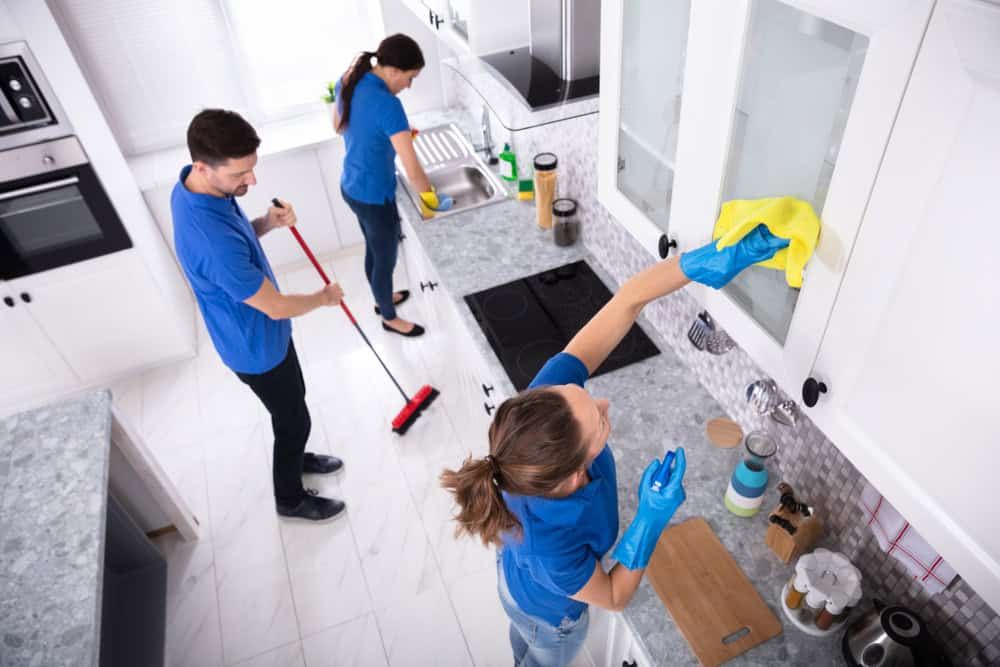Brick cleaning is an essential part of maintaining the aesthetic appeal and structural integrity of your home or building. Over time, bricks can accumulate dirt, grime, mold, and even efflorescence, which can detract from their appearance and potentially cause damage. In this comprehensive guide, we’ll explore the best methods for brick cleaning, the tools you’ll need, and some expert tips to ensure your bricks look as good as new.Why is brick cleaning important? Bricks are porous, meaning they absorb moisture and dirt easily. If left untreated, this can lead to:
- Discoloration and staining
- Growth of mold and mildew
- Structural damage due to prolonged moisture exposure
- Reduced curb appeal
To avoid these issues, regular brick cleaning is a must. Here are the most effective methods for cleaning bricks:
- Dry Brushing: Use a stiff-bristled brush to remove loose dirt and debris. This is a great first step before applying any cleaning solutions.
- Water and Soap: A mixture of mild detergent and water can be used for light cleaning. Scrub the bricks gently and rinse with clean water.
- Vinegar Solution: For tougher stains, a solution of equal parts water and white vinegar can be effective. Apply with a brush and rinse thoroughly.
- Pressure Washing: For deep cleaning, a pressure washer can be used, but caution is needed to avoid damaging the bricks. Use a low-pressure setting and keep the nozzle at least 12 inches away from the surface.
- Chemical Cleaners: Specialized brick cleaning solutions are available for stubborn stains or efflorescence. Always follow the manufacturer’s instructions and wear protective gear.
When cleaning bricks, it’s important to consider the type of brick and mortar you’re working with. Older bricks or those with soft mortar may require gentler methods to avoid damage. Here are some additional tips to keep in mind:
- Test any cleaning solution on a small, inconspicuous area first.
- Avoid using harsh chemicals like bleach, as they can discolor bricks.
- Work in small sections to ensure thorough cleaning and rinsing.
- Protect surrounding areas, such as plants and windows, from cleaning solutions.
For those dealing with efflorescence—a white, powdery residue caused by mineral deposits—special care is needed. Efflorescence can be removed with a stiff brush and water, but addressing the underlying moisture issue is crucial to prevent it from returning.If you’re unsure about tackling brick cleaning yourself, consider hiring a professional. Professionals have the expertise and equipment to clean bricks safely and effectively, especially for large or delicate surfaces.In conclusion, brick cleaning is a vital maintenance task that preserves the beauty and longevity of your brick surfaces. By following the right techniques and precautions, you can keep your bricks looking pristine for years to come. Whether you choose to DIY or hire a professional, regular cleaning will ensure your bricks remain a standout feature of your property.

